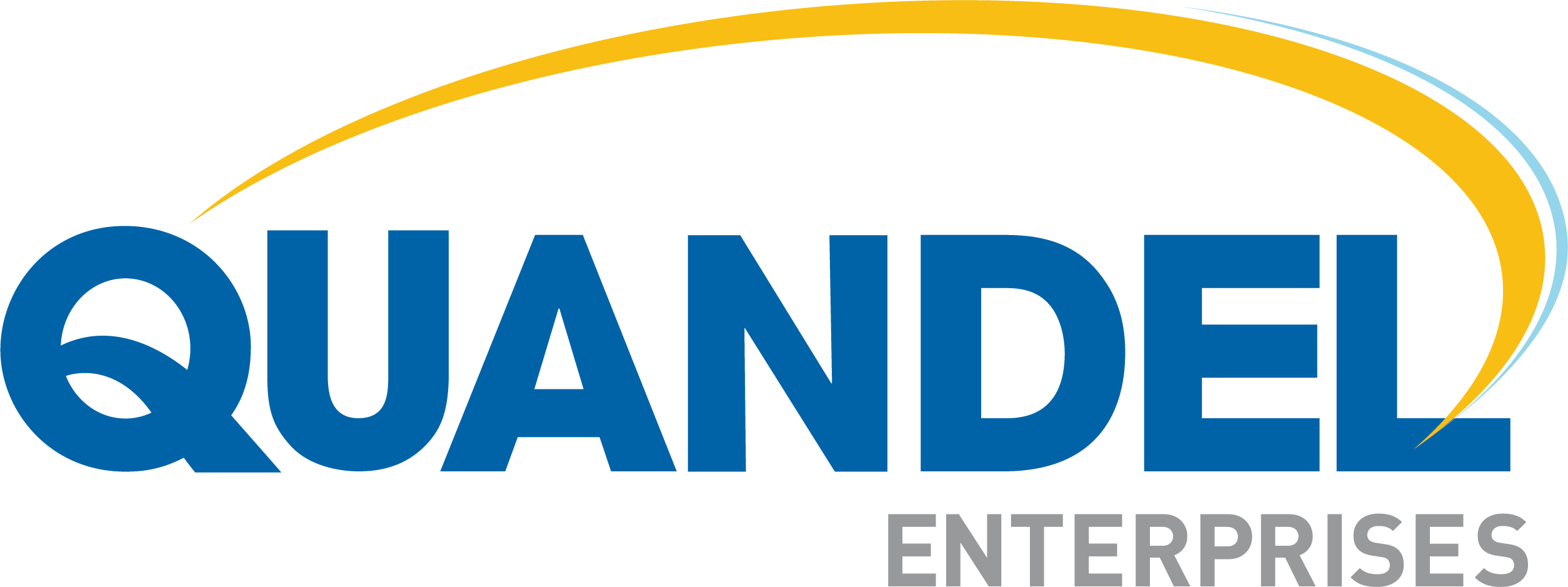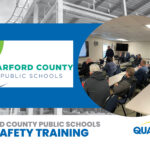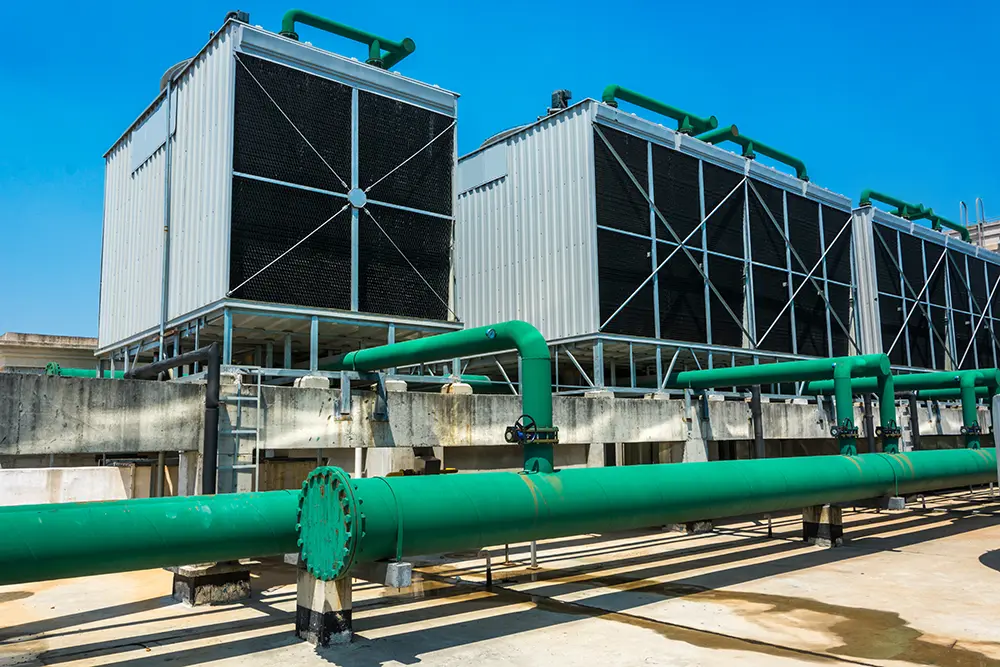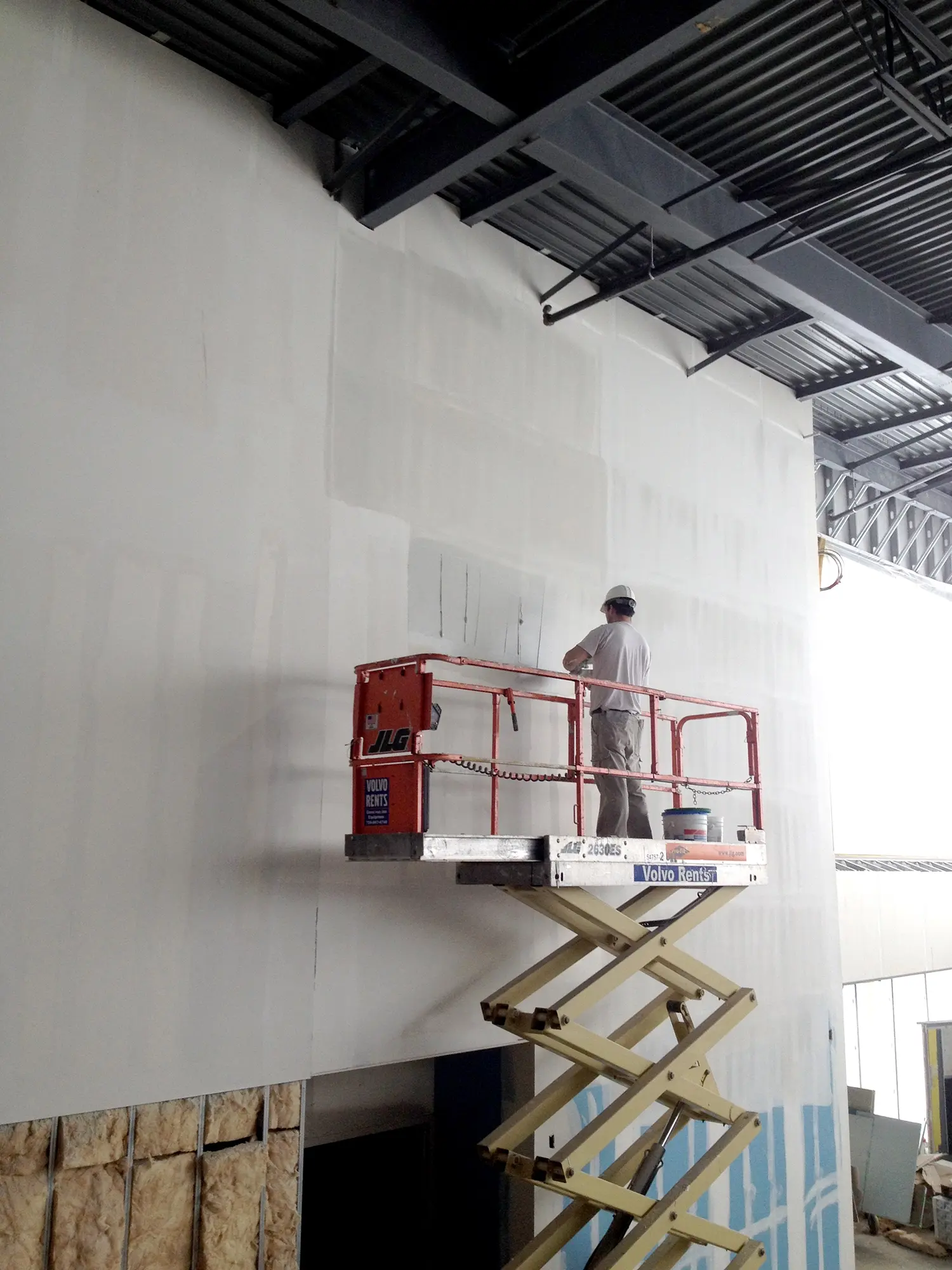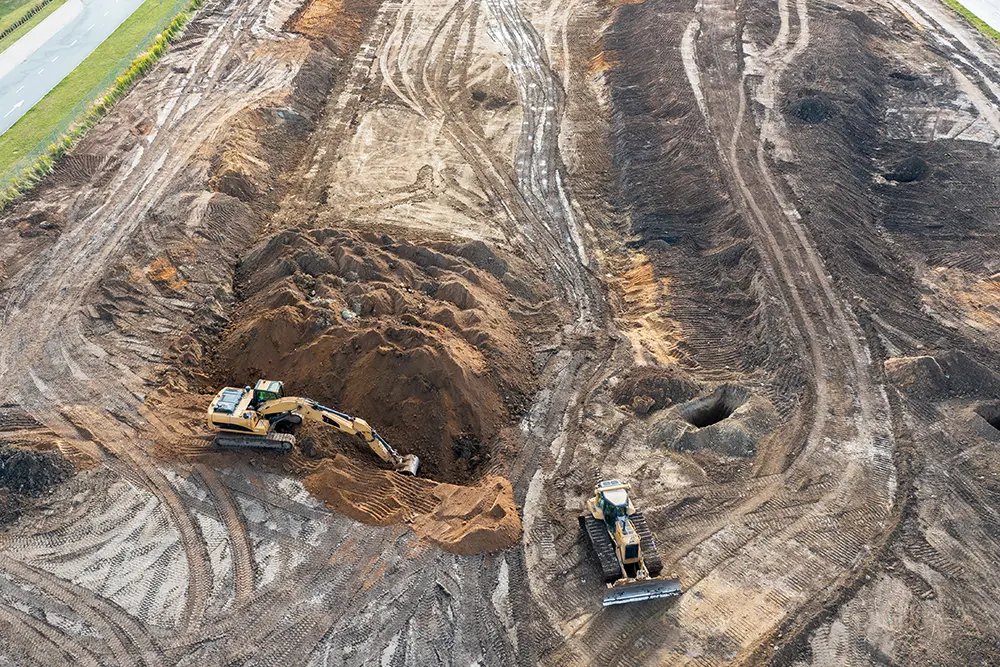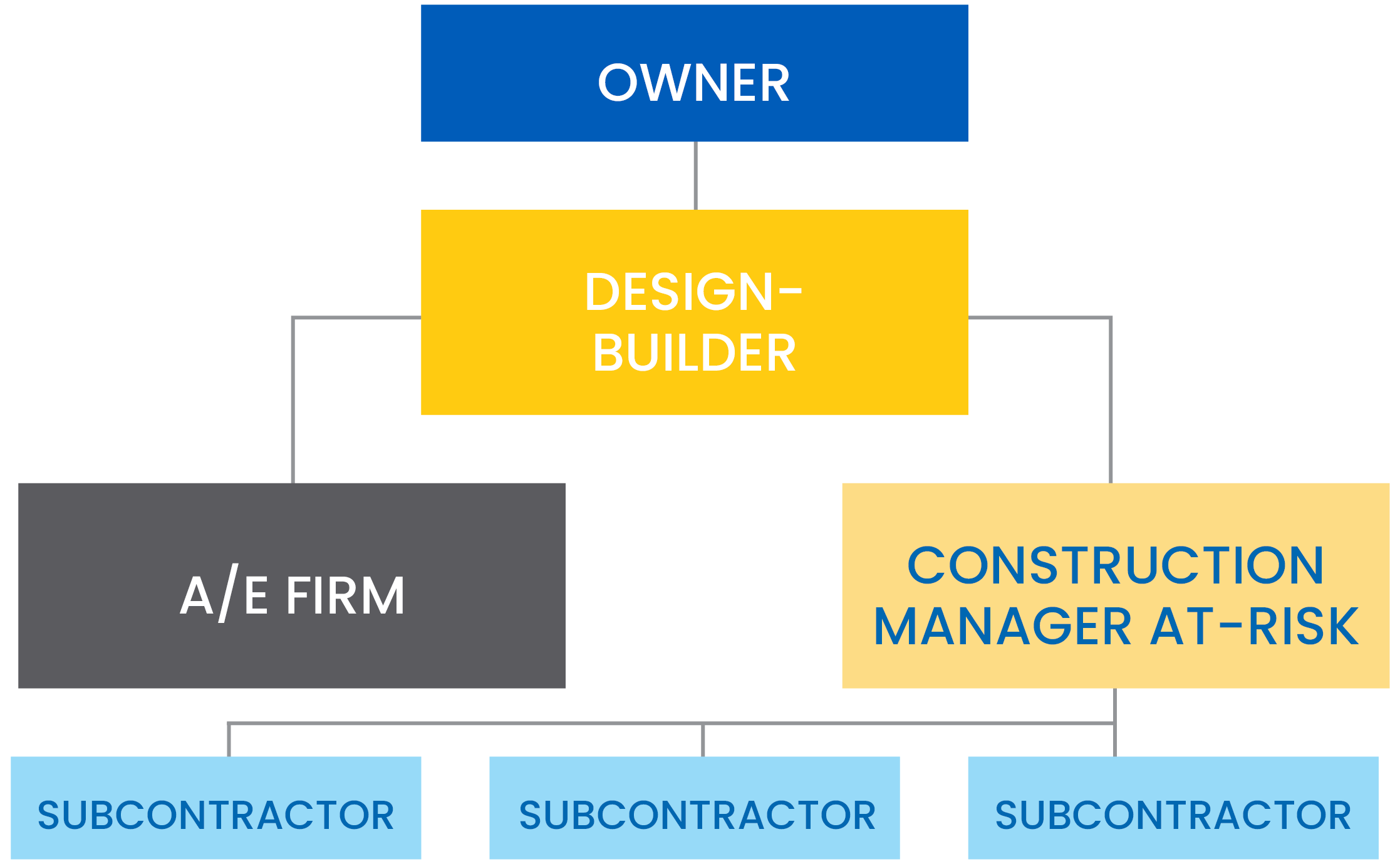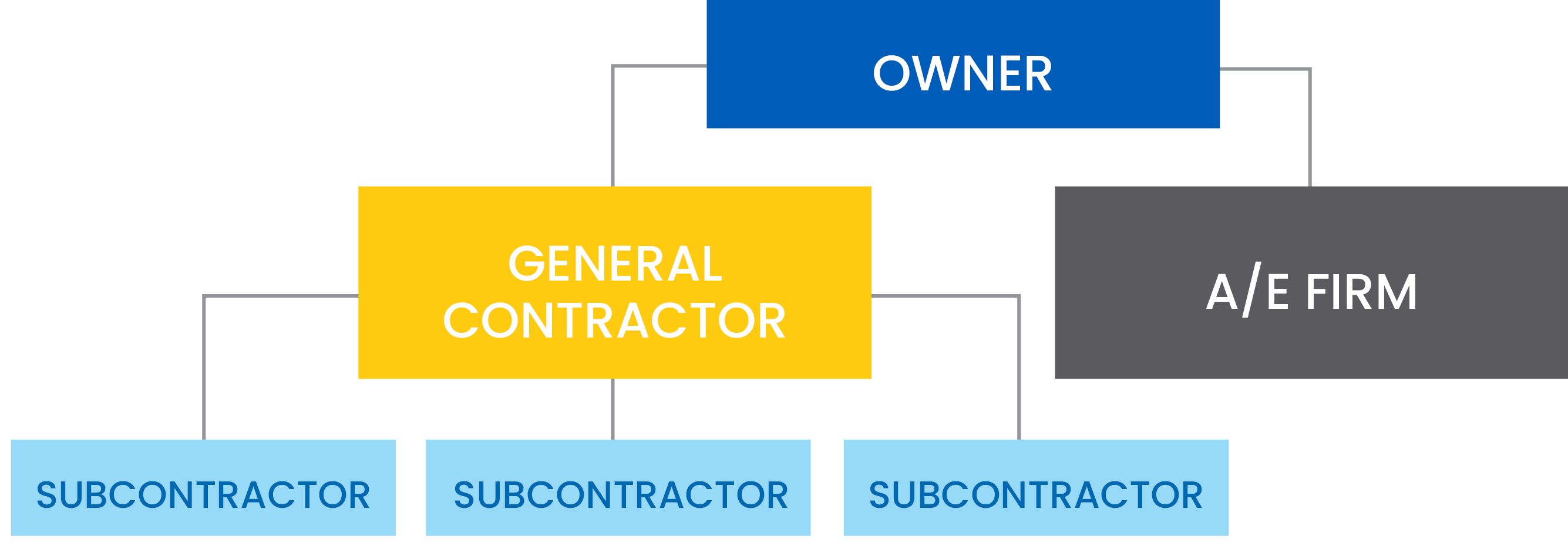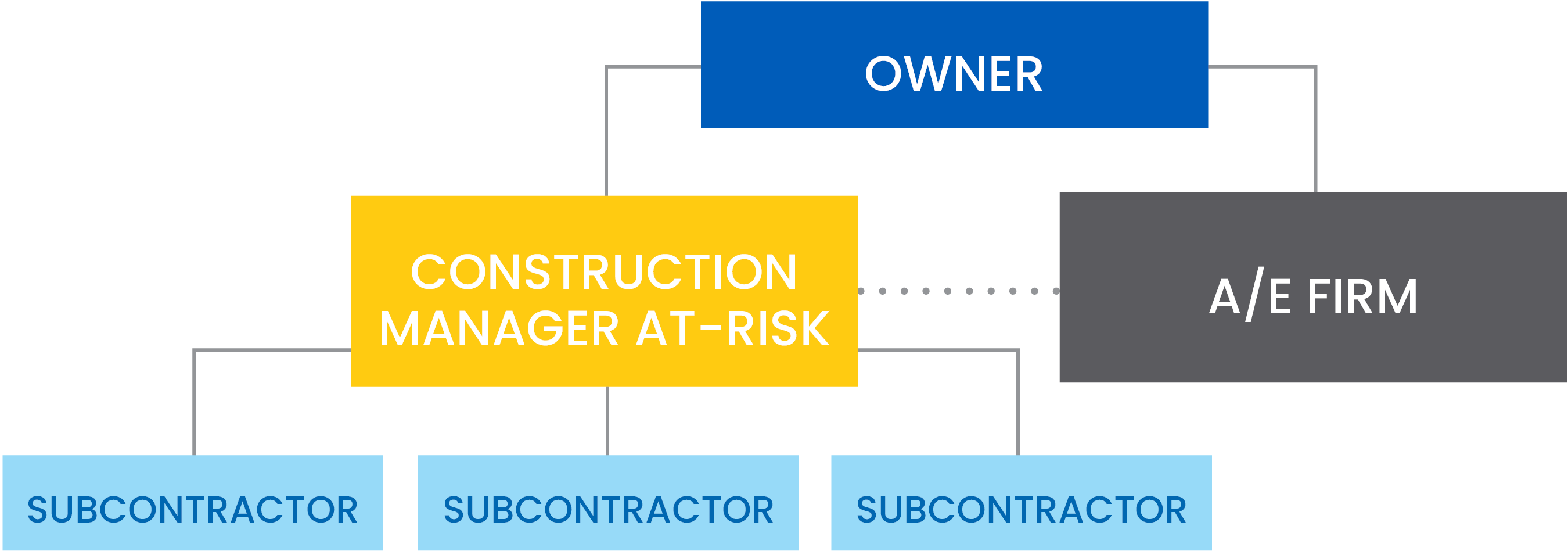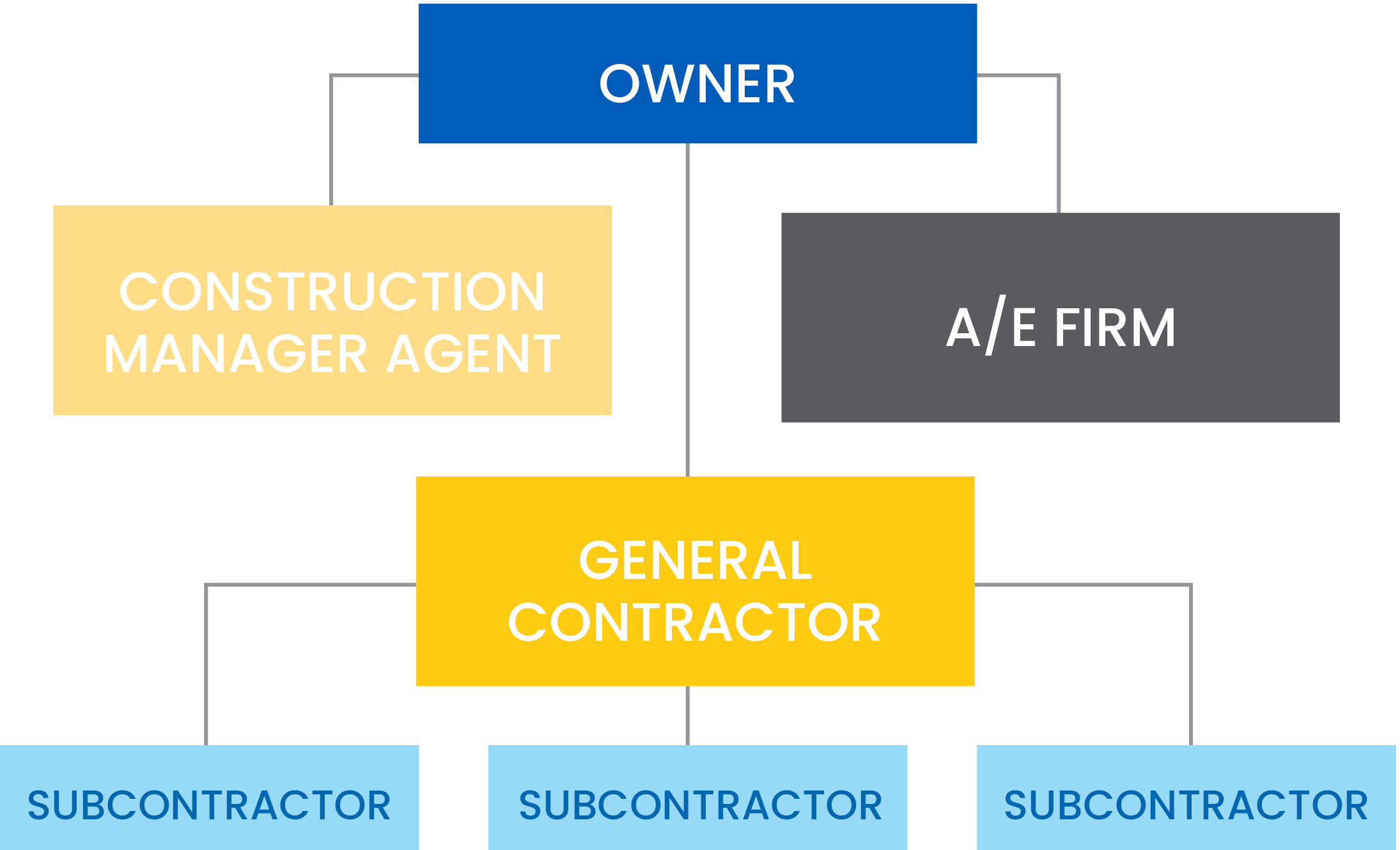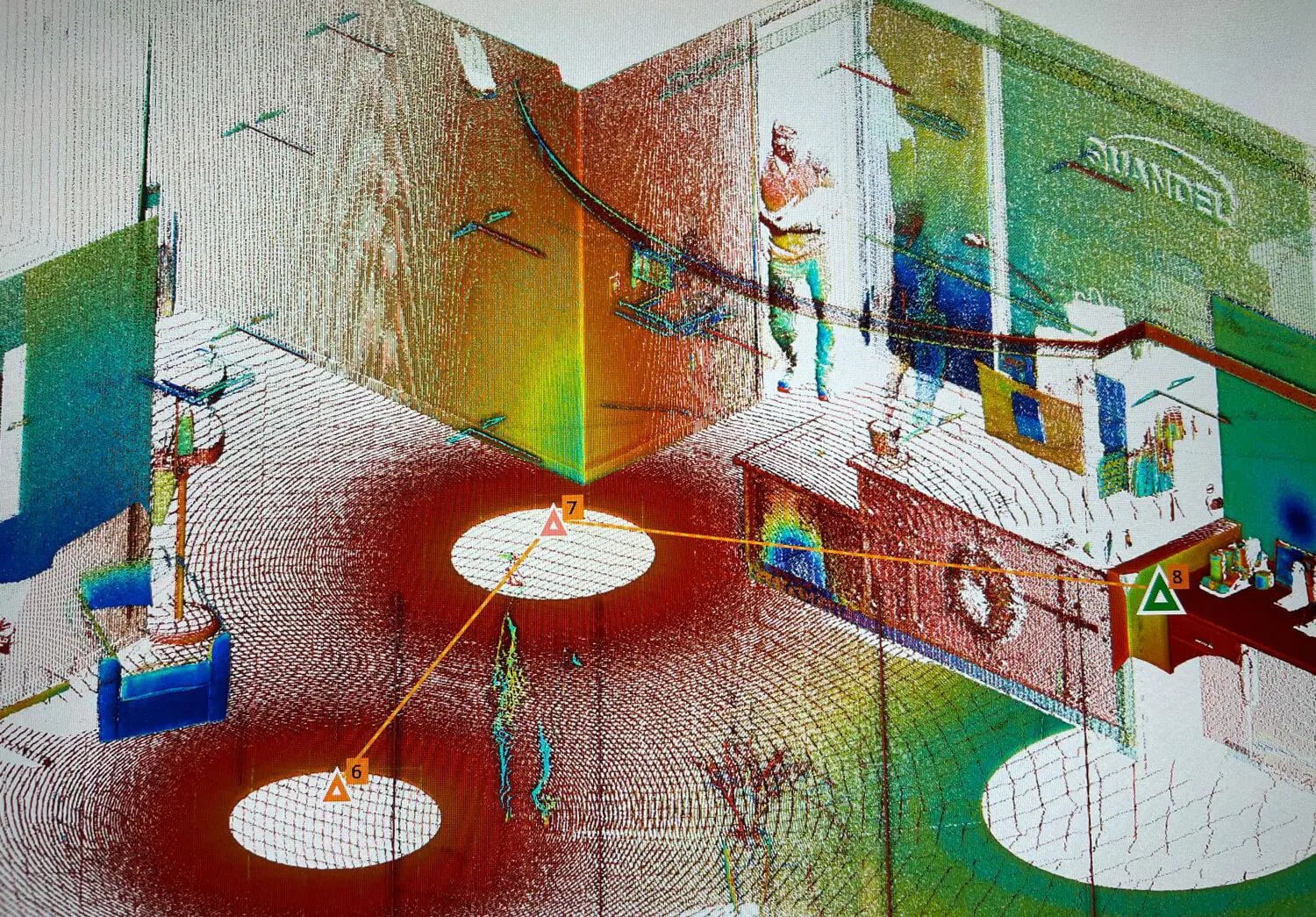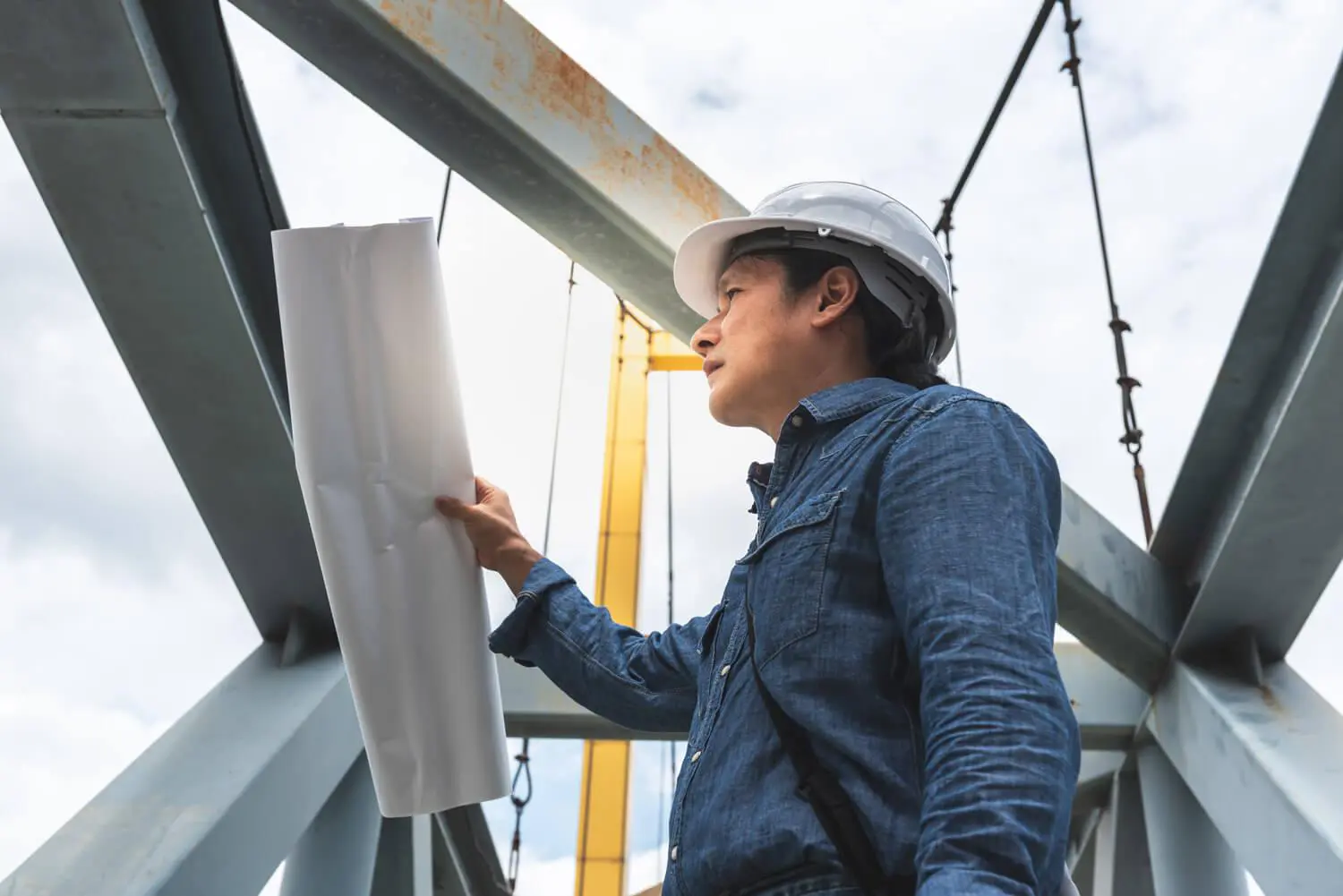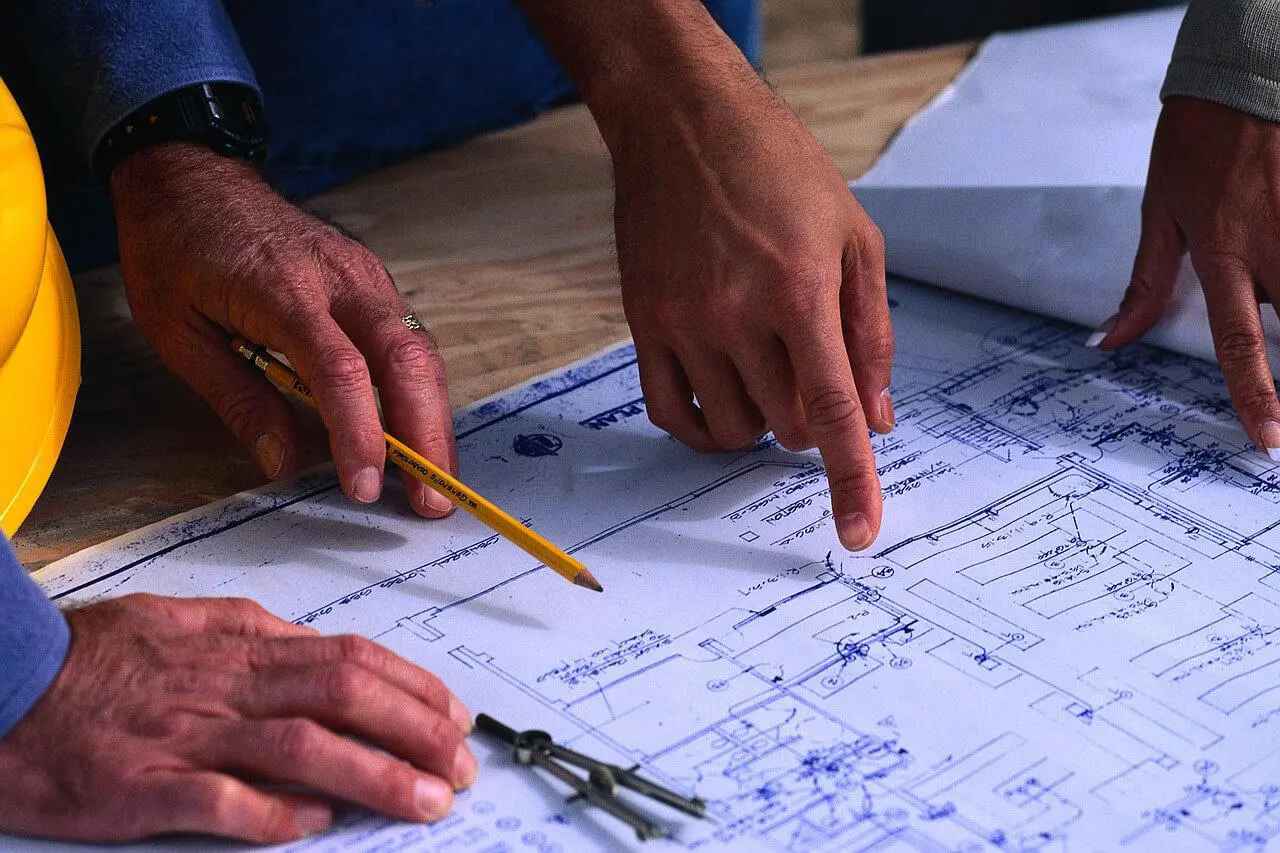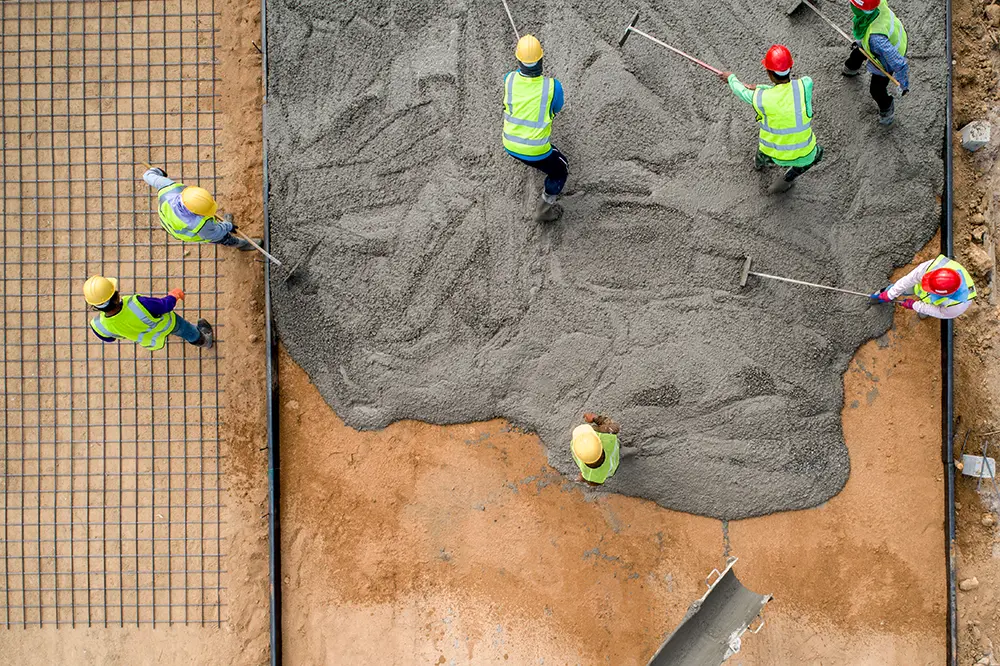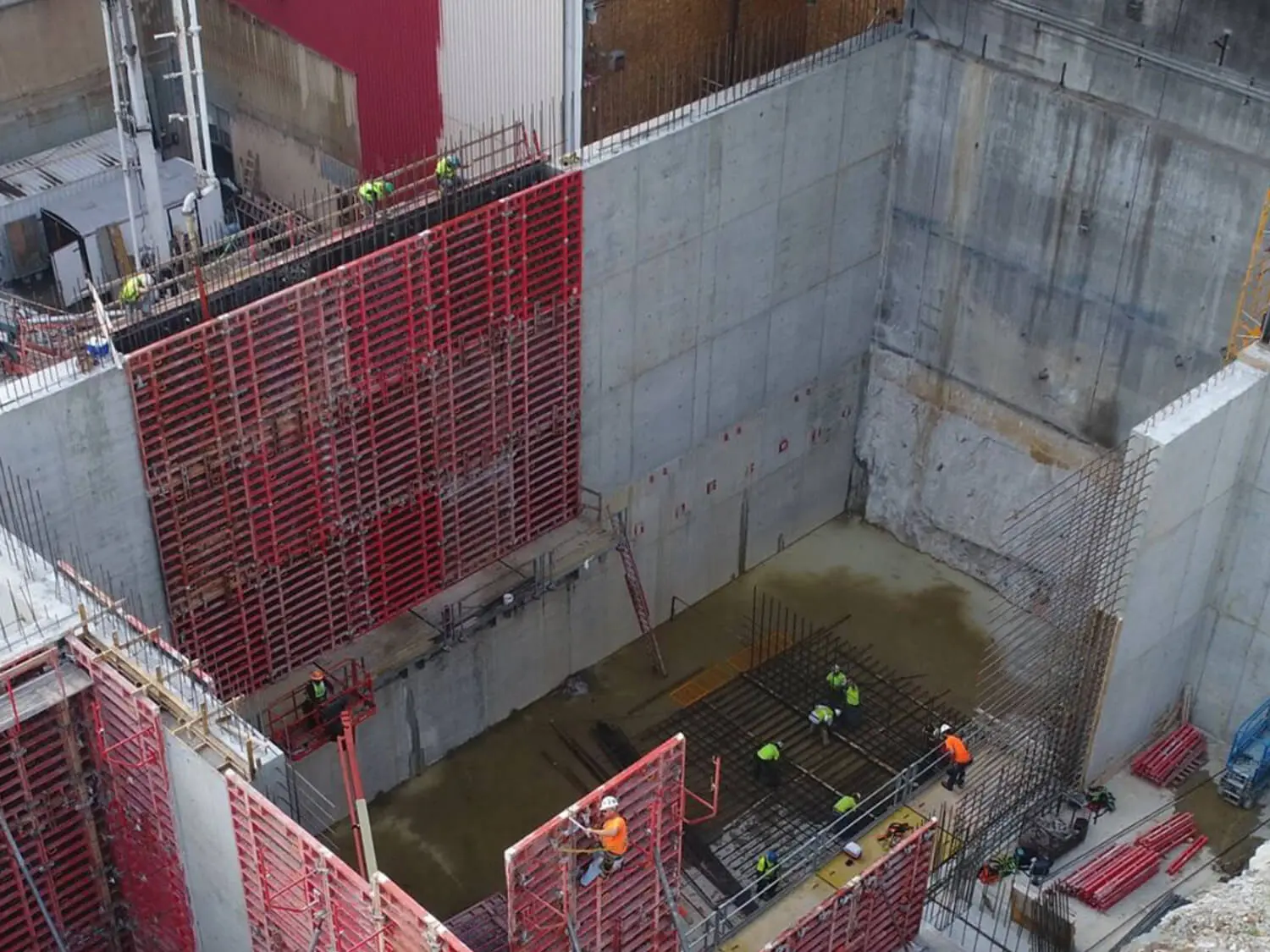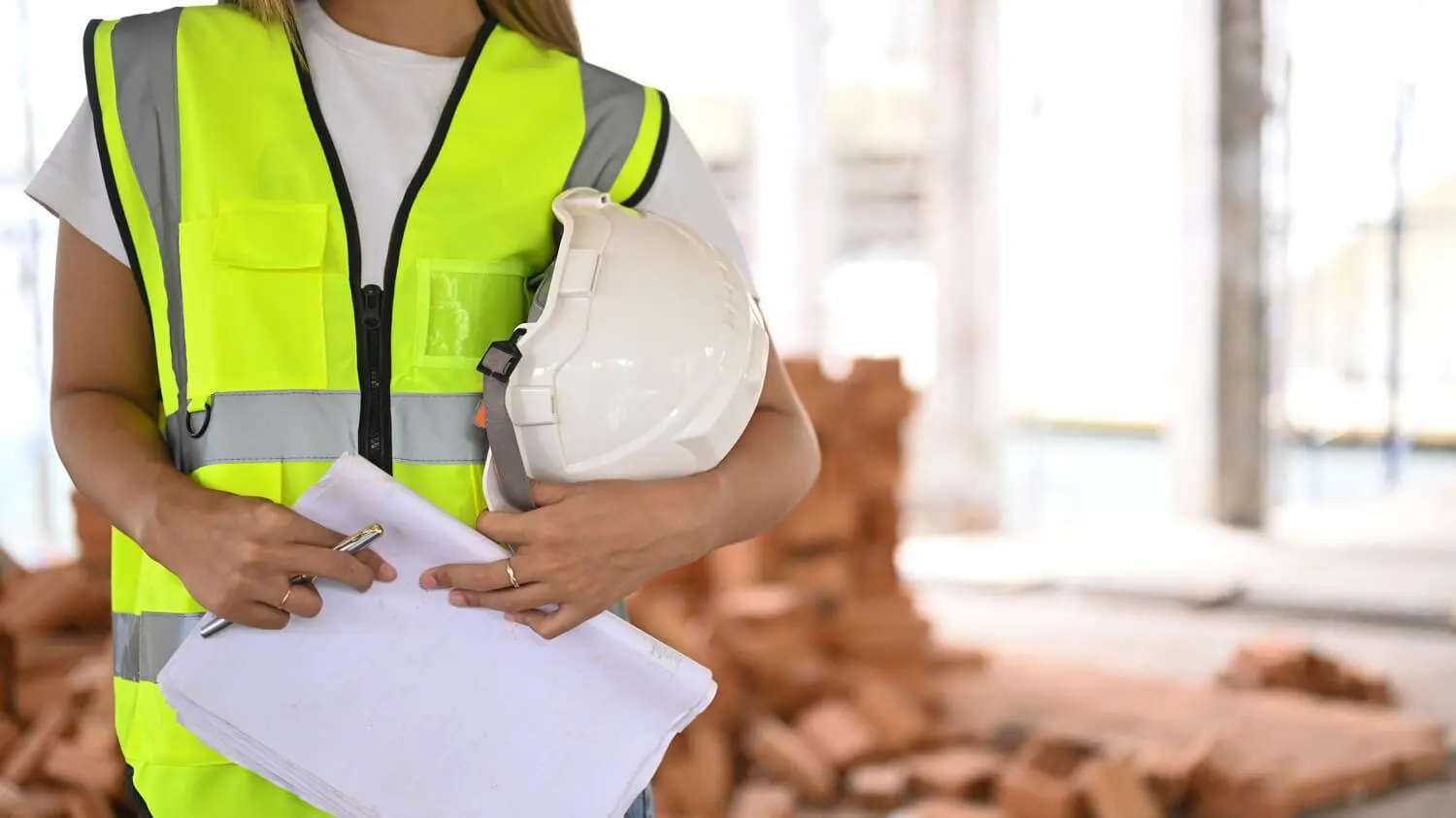What is a JSA?
A job safety analysis (JSA), sometimes called a job hazard analysis (JHA), is an organized analysis of a specific job in a specific location. By completing a JSA, you ensure that you have properly planned the work and that workers can do it safely. As a written document, it can serve as evidence of due diligence.
How to Complete a JSA
1. Identify the Jobs. The first thing you do when developing a JSA is identify the main jobs or tasks that your workers will do as part of the job on site. These are the jobs that you will analyze to ensure that everyone can do them safely. List these jobs in order of priority.
2. Break Down the Jobs. Once you have identified a job for analysis, the next step is to break down the job into steps. Each step is a segment of the operation that is necessary to advance the work. Make sure you keep the jobs steps in sequential order. Get your workers involved in developing this part. These steps are not only specific to the job, but also specific to the work area. If the work area changes, the steps may need to change as well. If the steps are too detailed, the JSA will be burdensome and difficult to follow. However, if they are not detailed enough, you may miss some hazards.
3. What are the Hazards? Identify the hazards associated with each job step This is the most challenging part of the JSA. Take each step and list the hazards associated with it. Think about what could go wrong from a health and safety perspective. Think about how people, equipment, materials, processes, and the surrounding environment may contribute to a hazard. Here are some things you can do to help you identify potential hazards:
4. Controls. Determine controls for each hazard. Each hazard that you identified in the previous step needs a control. The control explains how you will eliminate the hazard or how you will significantly reduce the risk of injury or illness. Below are some ways to control hazards:
Eliminate the Hazard
Modify the process or choose a safer process.
Improve the work environment (e.g., ventilation).
Modify or change equipment or tools. Contain the Hazard
Install barriers, such as guardrails or machine guards.
Enclose the hazard so workers aren’t exposed to it.
Install a booth for workers. Revise the Work Procedure
Modify the part of the procedure that is hazardous.
Change the sequence of steps.
Add additional steps (such as locking out energy sources). Eliminate the Exposure
Reduce the number of times workers will encounter the hazard.
Reduce the number of workers exposed to the hazard.
Use personal protective equipment.
Rotate jobs to reduce the time each worker is exposed to the hazard.
5. Training. Discuss the completed JSA with workers Once you have completed the first four steps for every job that you identified in step one, you will have well-developed JSAs. Now, it’s time to share them with your workers. The JSAs won’t be effective if the workers don’t know about them or don’t understand them. Before starting work, review the relevant JSAs with your crew and make sure everyone knows how they are supposed to do the job. If you’re dealing with a job or task that will last more than one day, it’s a good idea to review the relevant JSAs each morning before work starts.
6. Adjust to changes. We know how often work plans change. When things change, the superintendent or foreperson must update the relevant JSAs to reflect any new hazard that results from the change. Then, the superintendent or foreperson must review the revised JSAs with all workers. Keep in mind that if workers perform the same job in two different locations, you will probably need two JSAs because the surrounding environment is different.

